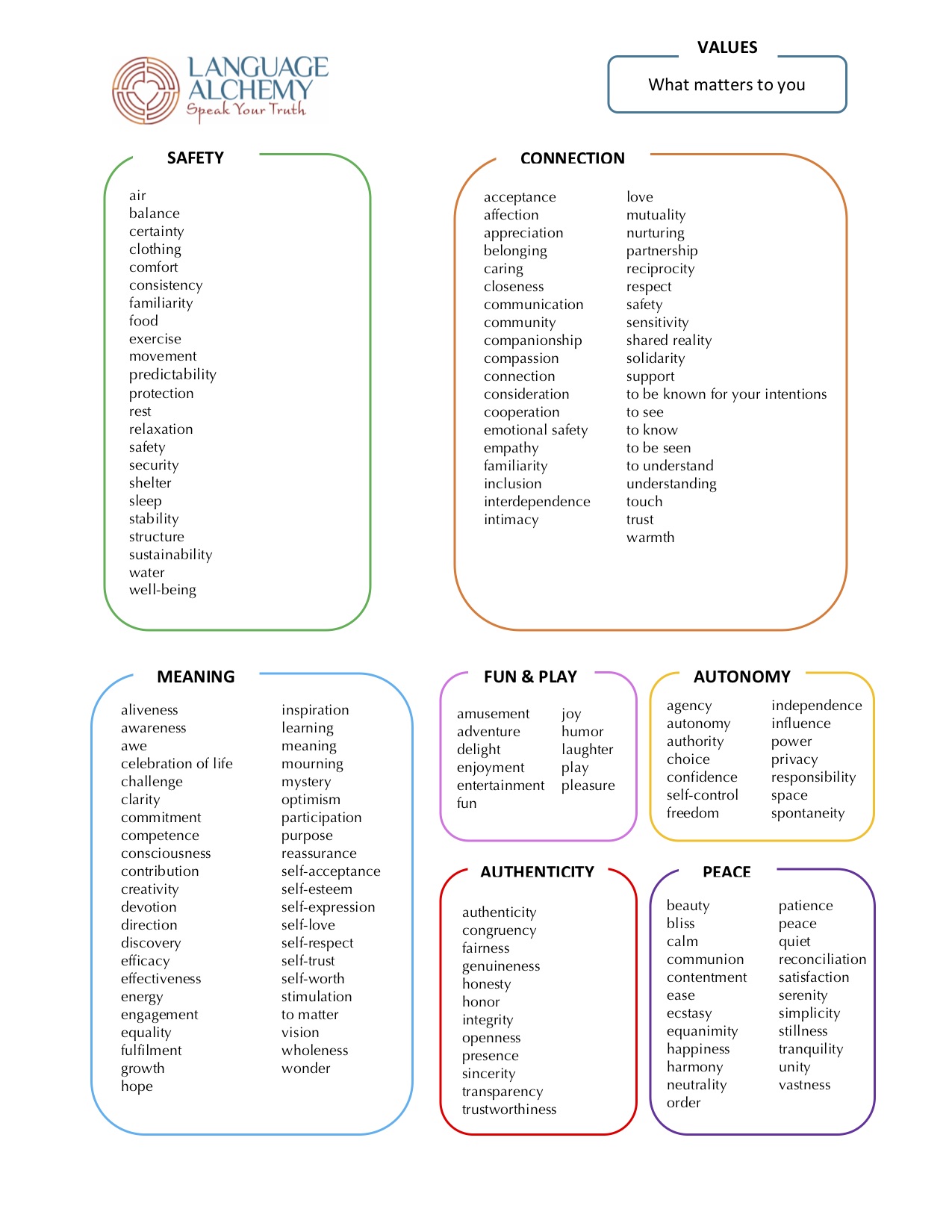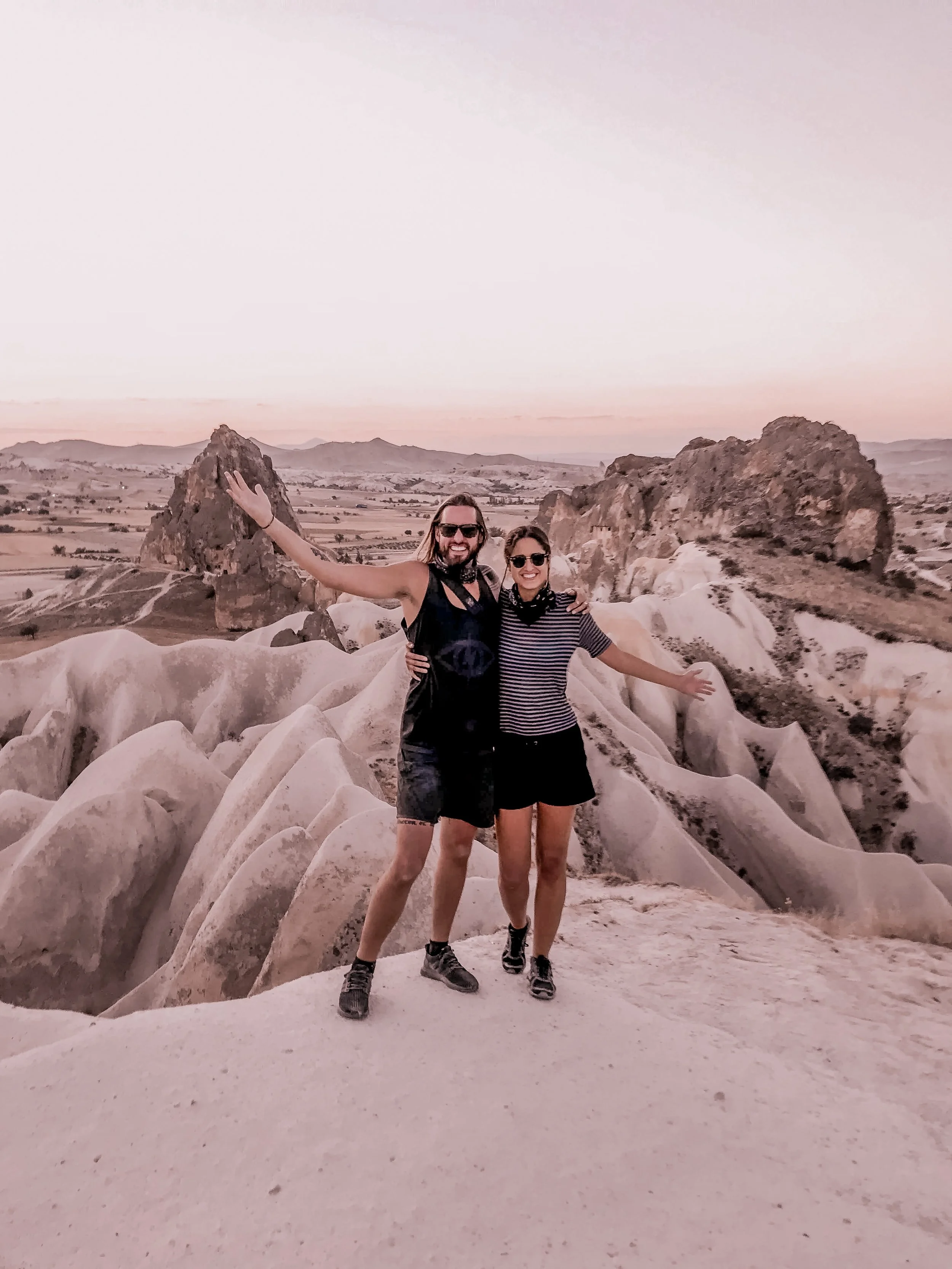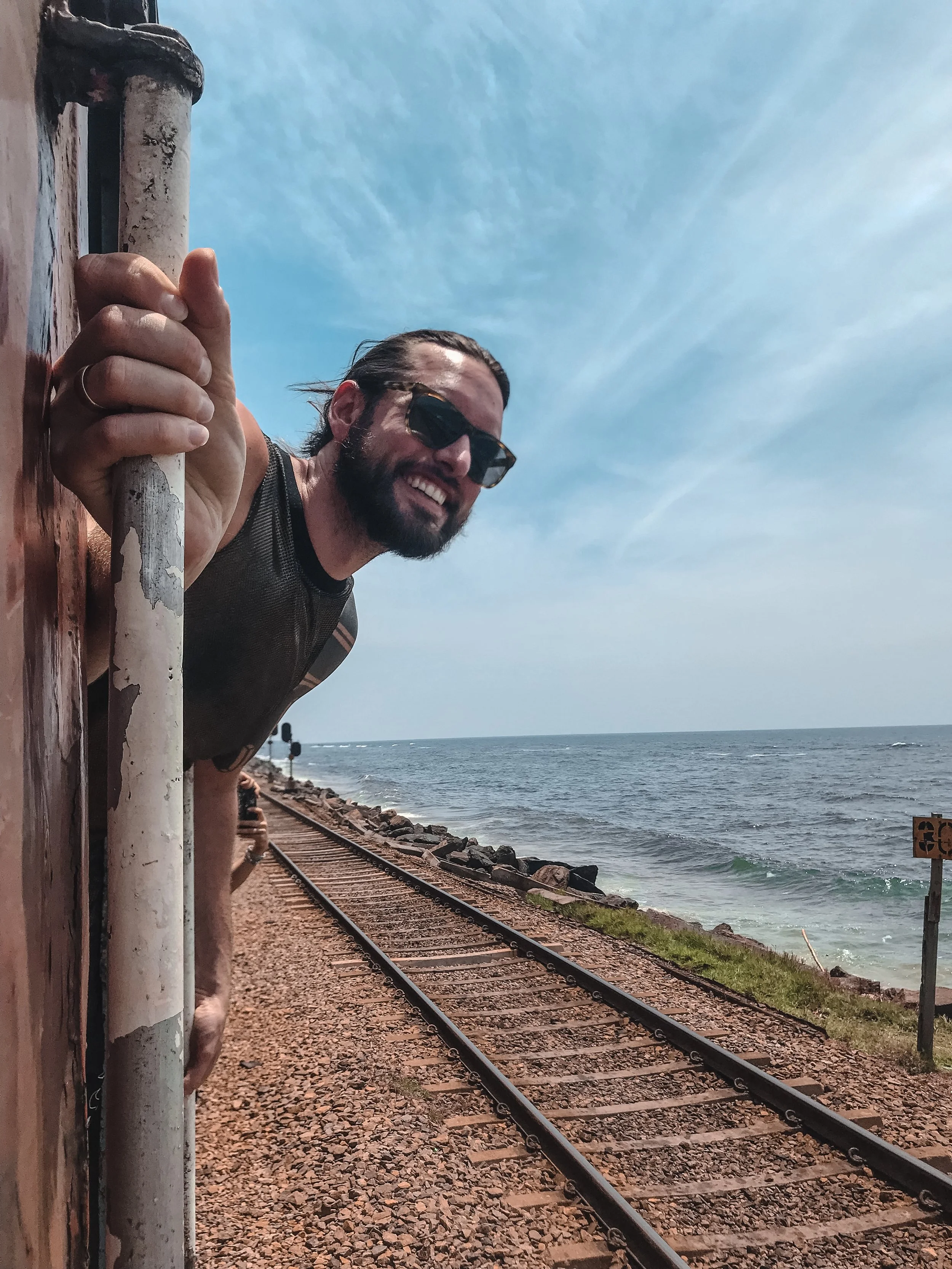Make the Most of Your Happily Ever After: Take a Sabbatimoon
Let’s start at the beginning.
How do you know it’s the right time to take a sabbatical, or, if you are recently married and traveling with your partner, a sabbatimoon?
We’ve always been called to the wander. We travel often and we’ve never been known to squander our vacation time. So, after turning our 11-year relationship into a marriage in 2017 (that story here), we decided to turn 2018 into our sabbatimoon year.
Nine months into our travels and we’ve never been closer. Traveling together with your partner and being intentional about your love brings your relationship to a whole new level of deep. Every situation is a chance to learn about your partner and practice improving yourself and your partnership.
So how did we do it, and how can you and your partner (married or not) do it, too? Let’s begin.
Enter the Void
Buying that first one-way ticket was something we dreamed of for so long. Mexico City was our first stop on a year-long (probably longer) nomadic journey around the world.
But our journey didn’t begin at the airport, this decision came after careful strategic planning, introspection and thoughtful relationship work. We wanted to be at the right place both financially and emotionally.
So assuming you can tweak things to make a sabbatimoon work at most levels of income, the first question you should ask yourself is:
What Do I Seek?
We vividly remember watching Stefan Sagmeister’s TED Talk where he explained why and how he took a sabbatical every seven years.
That video might have been the first seed planted in our heads that actually germinated. We had a friend take a gap year between high school and college, and there was Tristan’s last semester of university in New Zealand, but we think Stefan really kicked it into high gear for us.
In his talk, Stefan showed the importance of a life and work refresh, not just a long vacation. It made us think about what we wanted to get out of a longer trip where we gave ourselves the space to experiment with our own creativity.
Themes of Purpose
This brings us to the second step: setting themes. We think a good sabbatical requires themes of purpose.
For example, here are Tristan’s themes:
Places we can play (fun, outdoors, creativity)
Needles in the hay (mystery, spiritual communities, nature)
Beaches we can lay (tropical, islands, remote)
Ancient ruins in gray (temples, fortresses, history)
Share love we may (relationship deepening, connections, impact)
Now, they don’t need to rhyme, but we wanted to start with an intention that could be interpreted different ways as we travel and our focus and mindset changes. It’s a dynamic compass, not a static directive.
In terms of a sabbatimoon where you’ll be traveling with someone else and not solo as a sabbatical can often be, you’ll want to do this exercise for both people. Danyelle has her own unique themes, but obviously some do overlap.
Values Driven Decisions
One way to think of themes of purpose is by looking at the theory of the values driven relationships. In short, you may have a preference to do something or go somewhere, but your values are the underlying reason why you feel called to go.
For example, Tristan wants to go to Easter Island to see the 887 moai statues, but the real reason he wants to go is to experience adventure, awe, and companionship along the journey with Danyelle.
Often, you may also need to find a third alternative if you disagree on going to a certain place or doing a specific thing. Going a level deeper and looking at the values you are each seeking is a good way to do this, so both people in the relationship get what they want.
Here’s a list of values we often reference from Alejandra Siroka of Language Alchemy:
Tactical Travel
Okay, so we’ve covered some of the mental parts of preparing for a trip. Now, let’s look at the practical parts, including packing, apps, travel hacks, and a pre-trip checklist.
Pre-Trip Planning
There’s a lot to think about before hitting the road, especially if you are looking at an all-international trip like we are.
Vaccinations — some shots take 2–3 visits to complete, so start planning on this a few months in advance (we literally made a spreadsheet of our entire lifetime of vaccinations). Your city probably has a local travel clinic that provides info on the options, or you can look at the CDC.
Storage — where are you going to store your stuff? A storage unit, friend’s place, or maybe your parent’s house like we did. You could also sell and donate everything, another option we considered.
Visas — review the countries that require visa planning ahead of time. Think China, Russia, Brazil, and India first, because you should get them ahead of time and you can get visas that are good for 3–10 years. You can go to the local consulate in your current city, usually by appointment. Tip: This Wikipedia entry is very helpful for US citizens. There are also visa services that will do the legwork for you. A close friend from New Zealand has been traveling all of 2017 and recommends VisaHQ.
Finances — do a rough budget of what you will spend. Think about things like ‘hostels or hotels,’ because you can make your money work longer or shorter depending on your goals. Inform your banks about the travel, too. Some cards don’t work in certain countries. Tip: Schwab refunds all ATM fees with this card and account.
Insurance — something you want to consider is the difference between local health insurance versus travel medical insurance and the priority they fall in. For example, World Nomads offers travel medical insurance. If you get insurance through World Nomads, the travel insurance on your Chase Sapphire Reserve credit card would fall secondary, but you still would need local health insurance if you had an elongated condition or were out of country for more than 90 days. We ended up settling with GeoBlue for about $150/person/month, but also found SafetyWing recently, which is $37/person for a four week period.
Phone—either buy the cheapest option of a local SIM card or get the T-Mobile international plan that covers 140+ countries, which you can also boost from 2G to 3G speeds for about $10/line. Note: T-Mobile did cancel our plan after 8 months of travel nonstop outside of the US.
Mail — forward it to your parents or a close friend via USPS if you are in the United States. You should also use services to reduce junk mail like PaperKarma.
Living on the Road
By far your accommodations can be the largest cost to traveling around the world, so here are some ways to keep them reasonable and meet friendly locals and travelers at the same time.
Lodging
Earn Income
Earn—get Bitcoin for your advice.
User Testing—get paid to test websites.
GLG Group—consult with corporates or governments directly or through third party partners.
Service Industry—bartending, teaching a language, teaching athletics, selling your photographer, etc.
Influencing—build your personal or business brand and get your travel costs comp-ed.
Speaking—offer your expertise to events or programs that will host you or pay you.
Of course, there is house sitting, live-in nannies, and so many other creative ways to make a buck while on the road or pay for your lodging with labor, so keep your mind open and free.
Must-Use Apps
We also have a short-list of travel apps you should definitely check out.
Grabr — get your travel paid for by bringing products for locals
Service — automatically get cash for delayed and canceled flights
Google Trips — plan your whole trip with data pulled from your inbox
Hopper — track flight prices
Airbnb — find unique, inexpensive and inspiring places to stay
Hitlist — find killer flight deals
HeadOut — find amazing things to do last minute
Recharge — hotel rooms by the minute
Hotel Tonight — deals on hotels
Uber — goes without saying if you need to get around cities
Dropbox — backup your laptop, phone, and all your files
Talk Travel—get advice on our destination from a local
Google Translate—download languages ahead of time
Google Maps—download maps ahead of time, too
Also, if you are traveling in the United States look into Lyft for quick rides around a city or to and from airports, and Getaround or Turo for renting a local’s car (usually much cheaper than your standard rental car service).
Knolling Your Gear
So what are we bringing? Short answer: lots of layers; mostly black.
Tristan:
Away roller bag
Minaal bag
Teva sandals
5 black T-shirts
2 black sweaters
1 pair of black jeans
1 pair of black joggers
1 Romphim
1 pair of comfortable fitness pants
Journals—for drawing, writing, and sketching murals
Charging cables and portable charger
A week’s worth of socks and boxers
Hidden pocket boxers
Compression socks
1 pair of Adidas Ultraboosts
1 water bottle
AiAiAi headphones & Apple Macbook—for making music
1 OVO hat
1 beanie
Deck of cards
iPad—for Pacemaker deejaying
Kindle—because finding books in your language can be difficult abroad
Danyelle:
Away roller bag
A backpack
Canon Rebel T5 Camera
A notebook for journaling and calligraphy
Airplane kit: Eye Mask, chapstick, hand sanitizer, nail clipper, headphones, earplugs
A flowy dress
A small purse
Athletic pants
3 swimsuits (I know, I know…)
A pair of jeans
A beanie
A baseball cap
4 blouses
A sweater
2 tank tops
2 T-shirts
A Uniqlo ultra light down jacket
Gloves
Shoes: Teva sandals + all black New Balance sneakers
Jean shorts
A small umbrella
Athletic shorts
Compression socks
Thinx undies
2 sports bras
Bathroom kit: Face wash, shampoo & conditioner, razor, electric toothbrush, sewing kit, body wash, SPF face lotion
Yeah, we definitely have a few too many luxuries, but as long as it all fits in our carry on bags, we count it as a success!
Overall, our list of items ebbs and flows like the waves in a river. We sometimes are able to downsize and lighten our load, and other times think we need a little too much. The advice: You can usually do with less.
Kung Fu
Our Ayurvedic guide, Doctor Blossom, recommended being prepared for any potential illnesses that could slow you down for weeks or months. Below is the list of health-related items we packed.
1Above — made in New Zealand, these effervescent tablets really do help to prevent jet lag
Herbal tea pills for head colds or upset stomachs
Bug spray
USB-powered UV water purifier — drink water out of the tap anywhere!
Water purification tablets — in case the purifier dies or there’s an emergency
Rehydration tablets
Melatonin
Pepto Bismol
Earplugs
Diva Cup
Bandaids and bandages
Allergy medication — Tristan gets hayfever pretty bad, so we like to bring Zyrtec or a similar generic brand
Malaria pills
Travel Hacks
The Outside Armrest — there’s a button underneath you can use to put it up. Shout out to Sheel Mohnot for the tip.
Global Entry — get a two-for-one with TSA Pre-Check when you get Global Entry. It’s so worth it.
Chapstick cash — hide your cash in a chapstick container.
Emergency folder — have a backup of your passports, driver's licenses, visas, vaccinations and other important documents hidden online.
Tailor a secret pocket — you could get boxers, a scarf, or a sock with hidden pockets, but what if you get a local, low-cost tailor to add a hidden pocket inside the back of your jeans…
International Drivers License — just came across this driver's certificate offer by AAA. Apparently some countries require it to rent a car, but we haven’t gotten it yet.
Kayak’s Explore Map — look at flight prices across the globe.
Priority Pass — it comes with the Chase Sapphire Reserve card and gets you into 1,000+ lounges around the world.
Chase Sapphire Reserve credit card — We’ve mentioned it multiple times already because it’s hands down the best card for travel.
Follow the 🐇
Share your travel tips and tricks below, and come along for the ride with us at @wedidthat.
Traveler Shout Outs
We’ve had so much help from fellow adventurers along the way. Check out some of their resources below.
Danielle from Unboundly
Nate from WorldNate
Scotty from Duex Travelers
Matt Ellsworthy
Budd and Gabi
Our wonderful parents: Little Ricky + JuJu Bee and Deidra + Little Lud










